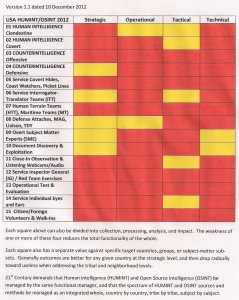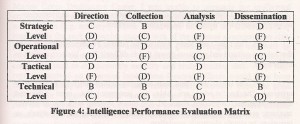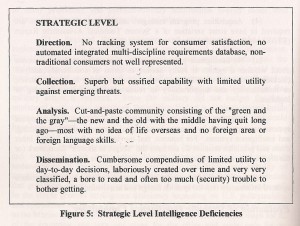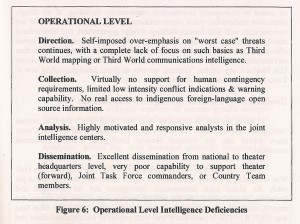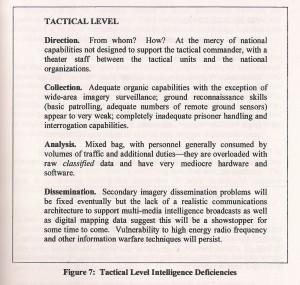![]() Injection Wells: The Hidden Risks of Pumping Waste Underground
Injection Wells: The Hidden Risks of Pumping Waste Underground
Poisoning the Well: How the Feds Let Industry Pollute the Nation’s Underground Water Supply
Federal officials have given energy and mining companies permission to pollute aquifers in more than 1,500 places across the country, releasing toxic material into underground reservoirs that help supply more than half of the nation's drinking water.
In many cases, the Environmental Protection Agency has granted these so-called aquifer exemptions in Western states now stricken by drought and increasingly desperate for water.
EPA records show that portions of at least 100 drinking water aquifers have been written off because exemptions have allowed them to be used as dumping grounds.
“You are sacrificing these aquifers,” said Mark Williams, a hydrologist at the University of Colorado and a member of a National Science Foundation team studying the effects of energy development on the environment. “By definition, you are putting pollution into them. … If you are looking 50 to 100 years down the road, this is not a good way to go.”
As part of an investigation into the threat to water supplies from underground injection of waste, ProPublica set out to identify which aquifers have been polluted.
Phi Beta Iota: The ignorance of the US National Intelligence Council in endorsing fracking as a path to energy is breathtaking. $70 billion a year plus, and the National Intelligence Council has no idea that fracking causes earthquakes and contaminates scarce groundwater?
See Also:
Sir Richard Branson: Breaking the Taboo — Ending the War on People also known as the War on People


